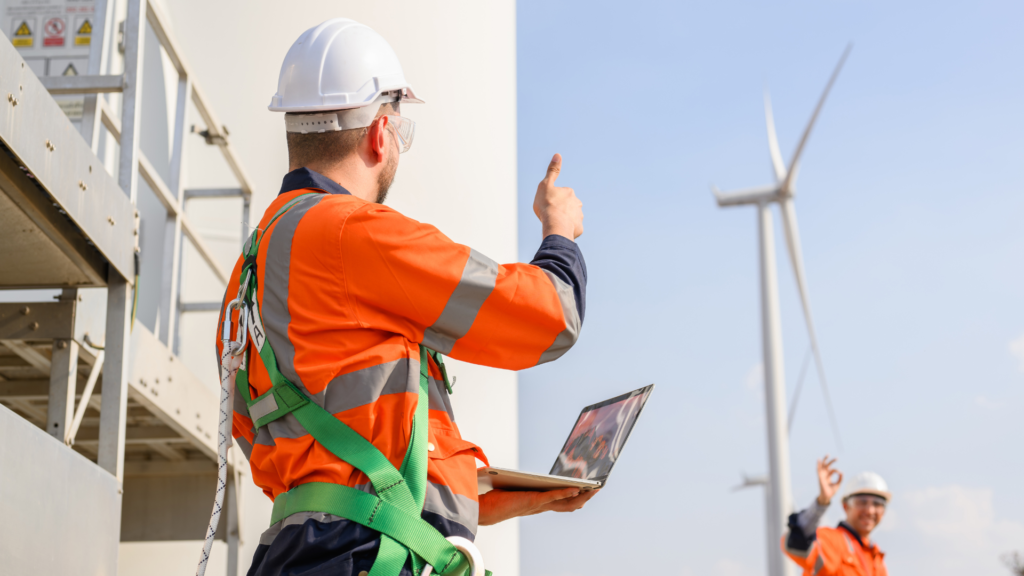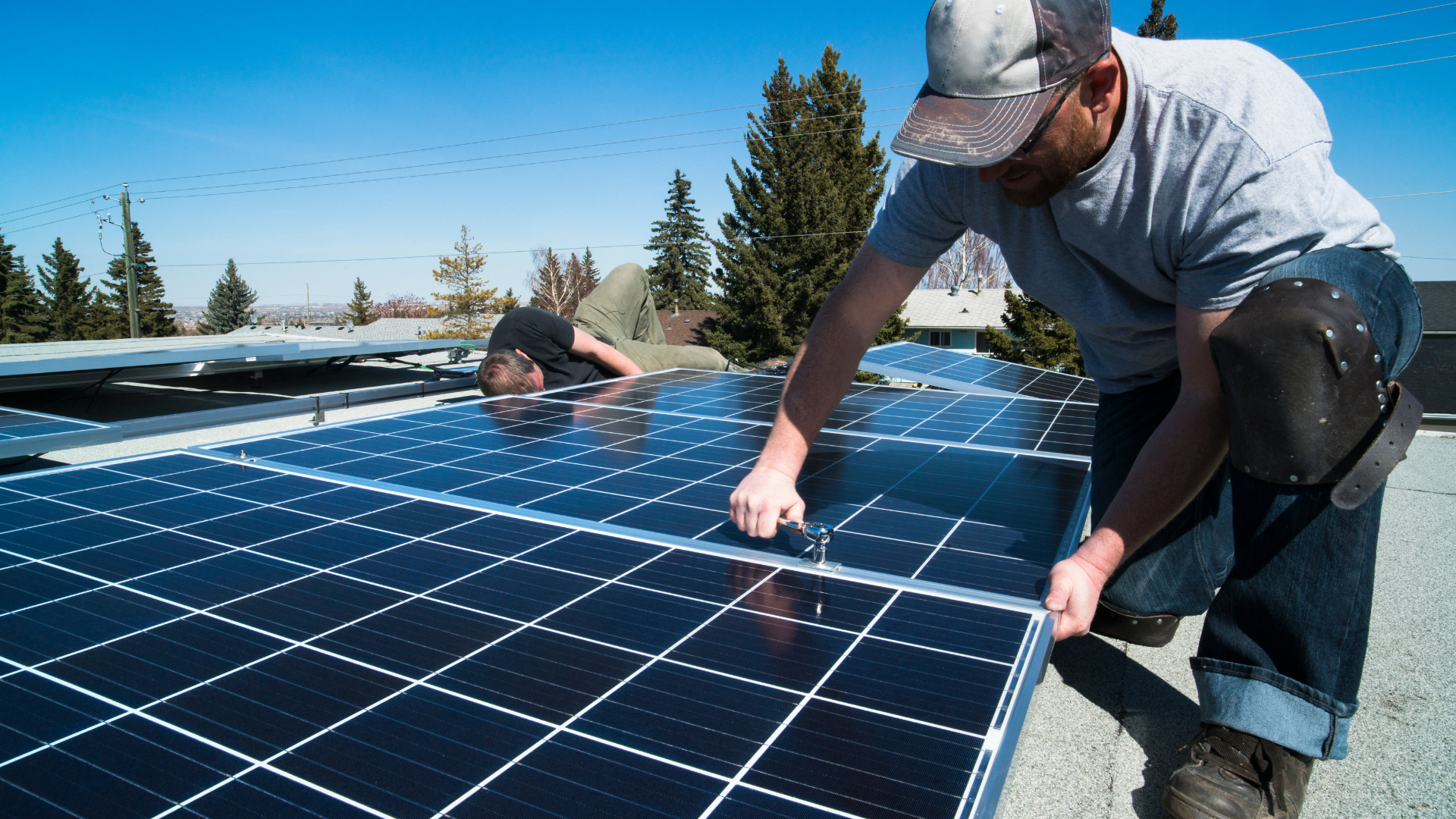
Sustainable building solutions have become a crucial point in commercial construction, driven by a growing awareness of environmental impacts, regulatory pressures, and the economic benefits of green practices. Achieving sustainability at scale in commercial construction involves a complex approach that integrates innovative technologies, materials, and design strategies. This article explores the challenges and opportunities in scaling sustainable building solutions for commercial construction, offering insights into key trends and strategies shaping the industry’s future.
The Current Landscape
Commercial buildings account for a significant portion of global energy consumption and carbon emissions. As societies strive to mitigate climate change and reduce their carbon footprint, the construction industry faces mounting pressure to adopt sustainable practices. Sustainable buildings not only minimize environmental impact but also offer long-term cost savings, improved occupant health and productivity, and enhanced marketability.
The Shift towards Sustainability
Despite these challenges, the evolving landscape of commercial construction offers sufficient opportunities for advancing sustainability goals. Technological advancements, such as Building Information Modeling (BIM), prefabrication, and advanced materials, empower designers and builders to optimize resource utilization, streamline processes, and minimize waste. Furthermore, the growing emphasis on data-driven decision-making enables stakeholders to measure, monitor, and optimize building performance throughout its lifespan.
Additionally, regulatory frameworks and industry certifications, such as LEED (Leadership in Energy and Environmental Design) and BREEAM (Building Research Establishment Environmental Assessment Method), incentivize sustainable practices and provide clear benchmarks for performance. As sustainability continues to gain prominence in corporate agendas and consumer preferences, businesses have a compelling incentive to differentiate themselves through green building initiatives, thereby driving demand for scalable solutions.
Key Strategies for Scale
Design for Efficiency: Sustainable building solutions start at the design phase. Architects and engineers are leveraging advanced modeling techniques and green building certifications like LEED (Leadership in Energy and Environmental Design) to optimize energy efficiency, reduce waste, and minimize environmental impact from the outset.
Material Innovation: The choice of construction materials plays an important role in the sustainability of a building. Manufacturers are developing eco-friendly alternatives to traditional materials, such as recycled steel, engineered wood, and low-carbon concrete. Additionally, the adoption of modular construction techniques can further enhance efficiency by reducing material waste and construction time.
Renewable Energy Integration: The integration of renewable energy sources, such as solar panels and wind turbines, is a cornerstone of sustainable commercial construction. Advancements in technology have made renewable energy systems more affordable and efficient, allowing buildings to generate their own clean power and even contribute excess energy back to the grid.
Smart Building Technologies: The rise of Internet of Things (IoT) technology enables buildings to become smarter and more energy-efficient. From automated lighting and HVAC systems to real-time monitoring of energy consumption, these innovations empower building managers to optimize performance and reduce operational costs over the building’s lifecycle.
Circular Economy Principles: Embracing the principles of the circular economy, which prioritize resource efficiency and waste reduction, is essential for achieving sustainable building solutions at scale. This involves designing buildings for disassembly, promoting reuse and recycling of materials, and minimizing construction waste through careful planning and implementation.
Overcoming Challenges
Despite the momentum towards sustainability, several challenges persist in achieving scalable solutions for commercial construction:
Cost Considerations: While the long-term benefits of sustainable construction are undeniable, upfront costs can be a barrier for many developers and investors. However, as technology advances and economies of scale are realized, the cost gap between traditional and sustainable construction is narrowing.
Regulatory Hurdles: Inconsistent regulations and permitting processes across jurisdictions can impede the adoption of sustainable building practices. Governments must enact clear, enforceable standards that incentivize and reward environmentally responsible construction.
Education and Awareness: Building professionals and stakeholders need access to education and training on sustainable building practices. By fostering a culture of environmental stewardship and providing resources for skill development, the industry can accelerate the transition to sustainable construction at scale.
The Path Forward
Achieving sustainable building solutions at scale for commercial construction requires a collective effort from all stakeholders involved. Collaboration between architects, engineers, developers, policymakers, and investors is essential to drive innovation, overcome challenges, and create a built environment that is both environmentally sustainable and economically workable.
Company
Stay informed on the latest trends and insights in the areas of Commercial Construction and Net-Zero Energy.



